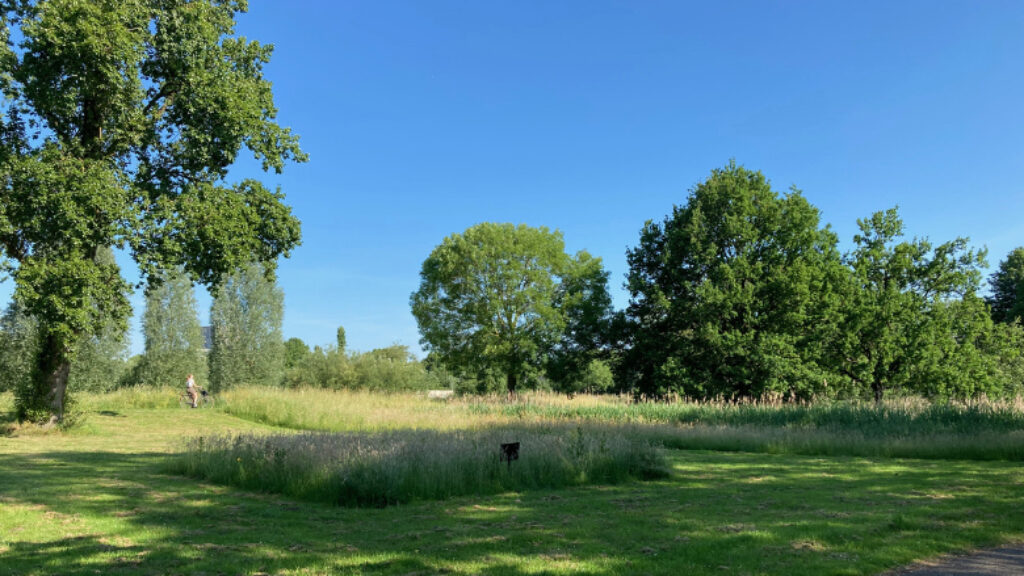24 June 2021
Observation
49m², year 5, spring 2021 | Observation Ruth de Vos

Public spaces, i.e. land and facilities that are accessible to everyone, are subject to rules, ultimate responsibility and zoning plans. Through his work, Smit aims to investigate this fact and the processes involved. Who feels responsible for and therefore owns public spaces, and how do the agreements we have made about this work in practice?
Public spaces, i.e. land and facilities that are accessible to everyone, are subject to rules, ultimate responsibility and zoning plans. Through his work, Smit aims to investigate this fact and the processes involved. Who feels responsible for and therefore owns public spaces, and how do the agreements we have made about this work in practice?
In 2016, Smit signed a contract with the Municipality of Breda in which it was agreed that for the next 20 years, everything would be allowed to grow and run wild on a designated piece of land in Zaartpark. Everyone is allowed to intervene within the boundaries of the iron fence, except the municipality itself. Witte Rook monitors the progress of the work every quarter and, since 2021, has been inviting artists to respond to Smit’s work.
I placed a painting in the shape of a hectometre post within the 49m2. The sign is one of the ways in which the municipality can indicate the public space to users. But here, the sign does not clarify anything. It is painted on both sides with black acrylic. From a distance, the painting appears to be a monochrome black surface, but up close and in the right light, brushstrokes are visible that together form an image. For this, I used photographs taken in recent years of Smit’s work and published on the Witte Rook website. This was the first time I had placed a painting in a public space, and I am curious to see how long it will remain there.

Photo by Ruth de Vos
